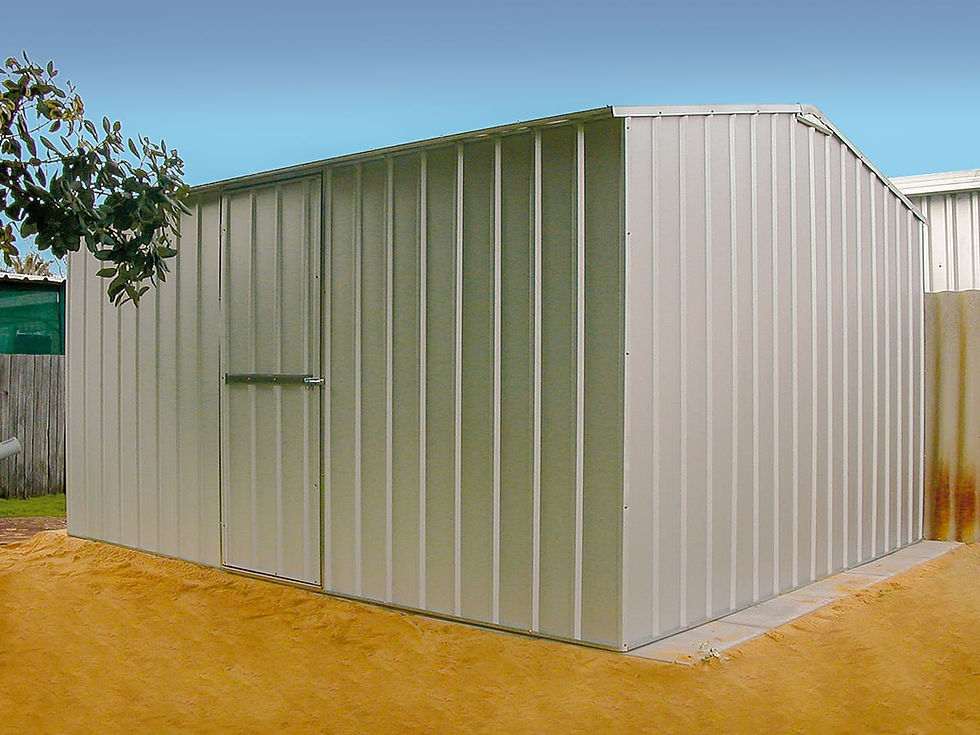Preserving the Beauty of Your Home: Maintenance and Cleaning Tips for Hardwood Flooring
- Zac Ferry
- Feb 6, 2024
- 4 min read
Updated: Apr 3
Picture walking into a room with an elegant hardwood floor. Can you hear the soft chirp underfoot, do you feel the timeless charm, don't you sense the warmth it exudes? There's nothing quite like the allure of a well-maintained hardwood floor to elevate the aesthetics of home interiors. But how does one preserve this timeless beauty? What are the secrets behind maintaining and cleaning hardwood flooring? That’s precisely what we’re about to explore.
In this post, we will delve deep into the world of wood - understanding its strengths, weaknesses, and needs. We will guide you through the path ensuring your floor retains its luster and vibrancy, effortlessly defying the rigours of time. This indispensable guide will be your map through the core of cleaning and maintenance techniques primed for hardwood floors.
Ready to embark on this journey? Excellent! Let’s pave the way by demystifying the essentials: what you need to know, what you need to avoid and where to draw the line for overdoing it. A well-nourished, beautifully gleaming hardwood floor could soon be yours.

Why Is Proper Hardwood Floor Maintenance Essential?
The essence of hardwood floors lies in their durability and timelessness. A properly maintained floor can gleam vibrant, even decades after its birth. It adds a classical charm to your personal space, one that inserts a personality and character to your home.
But why does it need regular maintenance, you may ask? Hardwood, while sturdy and enduring, is not immune to scuffs, scratches and eventual dulling over time. Regular foot traffic, accidents, and even UV light can hamper its natural texture. More importantly, if left unattended, minor problems rapidly escalate to major issues, damaging the floor intensely.
Proactive maintenance is the hidden secret to preserving the hardwood floor’s radiance. It acts as a safeguard, a protective shield enabling your floor to remain in its prime condition - beautiful, vibrant and ever-inviting.
What are the Cleaning Recommendations for Hardwood Flooring?
Cleaning hardwood floors requires a careful and mindful approach. It isn't about merely pushing a mop around. The trick lies in using the right cleaning equipment, understanding the various finishes, and applying caution to prevent water damage.
For instance, dust and grit, the seemingly innocuous silent killers of hardwood, accumulate over time, causing scratches and dullness when walked over. Routine sweeping or vacuuming retains the floor's sheen by preventing grit buildup. When it comes to mopping, it’s crucial to use a damp mop instead of a wet one to prevent potential water damage.
Also, understanding the finish on your floor is key. Waxed floors require a different cleaning regime than urethane finished ones. Knowing the difference will guide you in choosing the right cleaning products and methods, adding longevity to your floor.
When Should Hardwood Floors be Refinished and why?
Refinishing your hardwood floors might seem like a daunting task, but it's necessary. The need becomes evident when the floor starts losing its lustre or shows signs of extreme wear. But when exactly should this be done?
The obvious signs of needing refinishing include deep scratches, dullness, or discoloring. Refinishing is also necessary when the top protective layer wears off, increasing the vulnerability of the wood to stains and moisture.
Why refinish, though? Refinishing cleans the slate, taking off all the old, worn-out finishes, any accumulated grime, and scratches. It restores the floor to its original beauty, enhancing its longevity and resistance to wear and tear.
The Dos and Don'ts of Hardwood Floor Maintenance

Understanding what to do and what to avoid goes a long way in preserving your hardwood floor. Always do remember to clean up any spills immediately, stick to a regular cleaning regime, apply felt pads under heavy furniture, and keep pets' nails trimmed.
Conversely, there are practices to abstain from. Never use a wet mop or steam cleaner, avoid walking with high heels or hard-soled shoes, and stay away from acidic or ammonia-based cleaning products. Remember, hardwood needs a gentle touch.
Pros and Cons of Using Rugs on Hardwood Floors
Rugs can be a great addition to hardwood floors. They add a layer of warmth and coziness, absorb sound, and provide a cushion against furniture weight while conserving the floor's finish beneath it. They also lend an elegance that elevates the aesthetics of your room.
However, rugs aren't without their downsides. They can cause color imbalance due to UV exposure, leaving the covered area darker or lighter comparative to the rest of the floor. Also, certain types of rug pads can damage certain finishes.
Conclusion
Preserving the beauty of hardwood flooring calls for knowledge, caution and a keen eye. It's about understanding what your floor needs, how it responds, and what harms it. Though at times it may seem like walking a tightrope, the resulting beautiful, radiant floor makes the ordeal worthwhile.
Follow these maintenance and cleaning tips, and your hardwood floor will remain a timeless testament to your home's charm. And remember, when well cared for, a hardwood floor doesn’t simply exist – it lives, breathes, and adds a soul to your home. It tells a story – let's ensure it's a story splendorously well-lived.








Comments